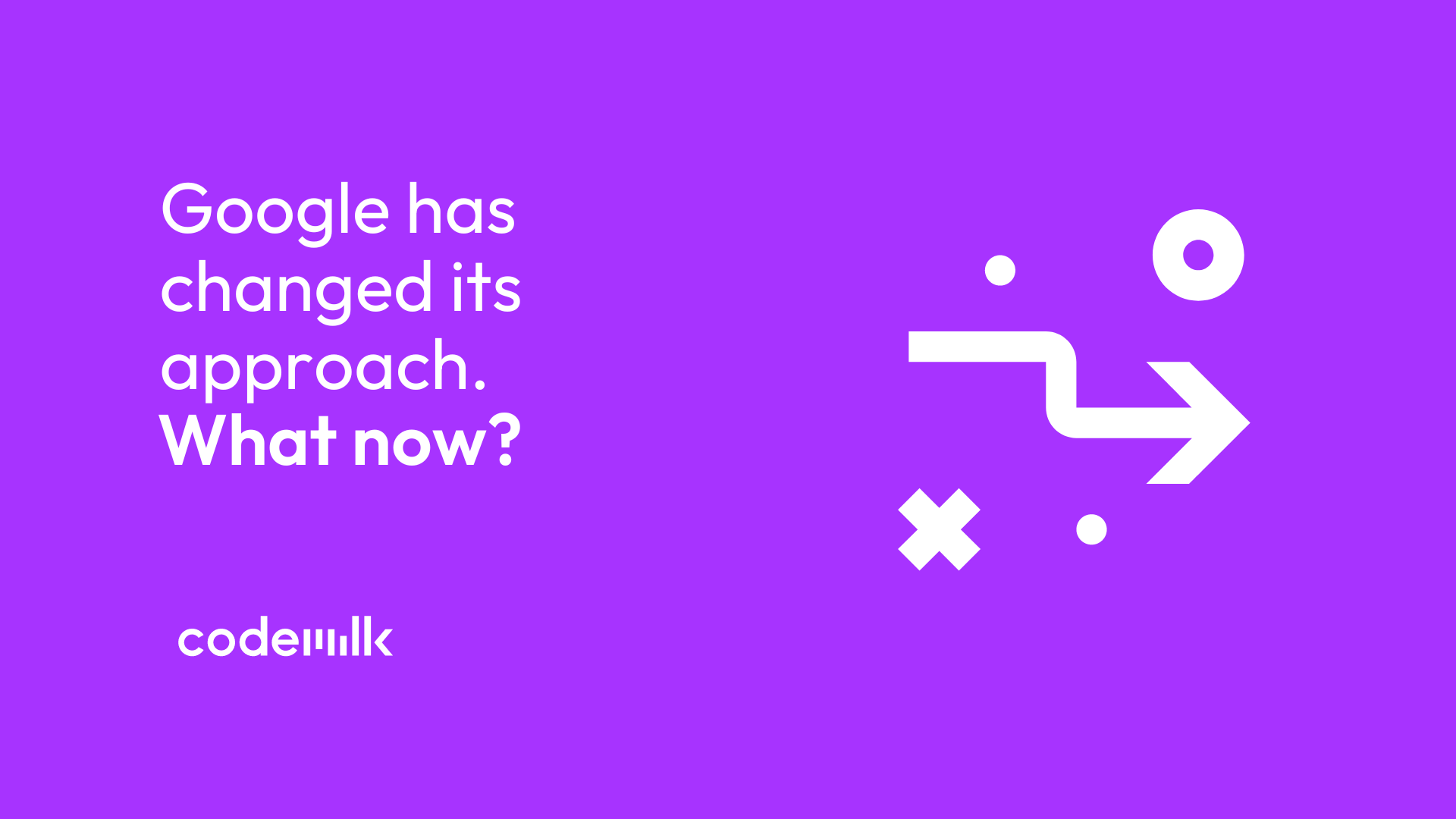Google’s switch up on Cookies - What Now?

Earlier this year, we released the blog ‘Google’s Cookie phase-out – What does this mean for you?’ which explored the aim of Google’s cookie phase-out for 2024 and what it means for digital marketing. However, Google has now decided not to go ahead with plans to phase out third-party cookies. Instead, they will “Introduce a new experience in Chrome that lets people make an informed choice that applies across their web browsing, and they’d be able to adjust that choice at any time.” They are also “discussing this new path with regulators, and will engage with the industry as we roll this out.”
WHAT WERE THE CHANGES
Cookies are small pieces of data stored on users’ devices that serve various purposes.
Cookies differentiate between first-party cookies and third-party cookies. First-party cookies are controlled by the website you’re visiting to enhance your experience. This could be remembering your preferences, keeping you logged in, or helping the website owners understand your use of their site.
WHAT WERE THE CHANGES
Third-party cookies phase-out was announced in 2020, and action has been taken over a four-year period to start eliminating them for Q3 2024.
The aim of the Privacy Sandbox development was all about finding solutions that improved users’ online privacy, while also still connecting businesses to customers. While early testing indicated the Privacy Sandbox APIs had the potential to achieve this, it required significant work that would impact publishers, advertisers, and everyone involved in online advertising. Therefore, Google announced in July 2024 that it was changing its plans.
WHAT IS HAPPENING NOW?
It’s now updating its approach to elevate user choice, where instead of removing third-party cookies, it will introduce a new experience in Chrome that lets users make an informed choice that applies across web browsing, which can be adjusted at any time.
WHAT DOES THIS MEAN FOR YOUR BUSINESS?
The initial change would have resulted in less data for third-party services. Meaning retargeting campaigns and fewer strategies and creative work would target the intended audience – impacting conversions and revenue.
However, this new approach will bring some relief to businesses across the globe. With 4.66 billion internet users, the likes of social media marketing and Google ads have a huge impact on businesses. As well as having more transparency and in-depth analytics about their audience, businesses can improve brand awareness and loyalty, as well as their conversion rates and leads with third-party cookies.
Despite these changes, Google has said that it’s still important for developers to have privacy-preserving alternatives as they continue to make the Privacy Sandbox APIs available and invest to make further privacy improvements. It’s also important to note that with the situation changing since being initially introduced in 2020, Google could change its mind on what happens next, as the decision is still being finalised.
That’s why it’s incredibly important to stay informed and be prepared to adapt within the digital marketing and advertising space.
YOUR NEXT STEPS
If this has impacted your current plans or you’re unsure on what you need to do next, we can work together with you to provide guidance and support in navigating these next steps.
If you’d like to discuss future plans, you can speak to someone from our Code Milk digital marketing team who will be more than happy to help.
Want to keep up to date on all things digital marketing? Follow us on LinkedIn.
.png?width=352&name=CM0034.14-Google%20Cookie%20Phase%20Out%20Blog%20Header%20(1200x627).png)

